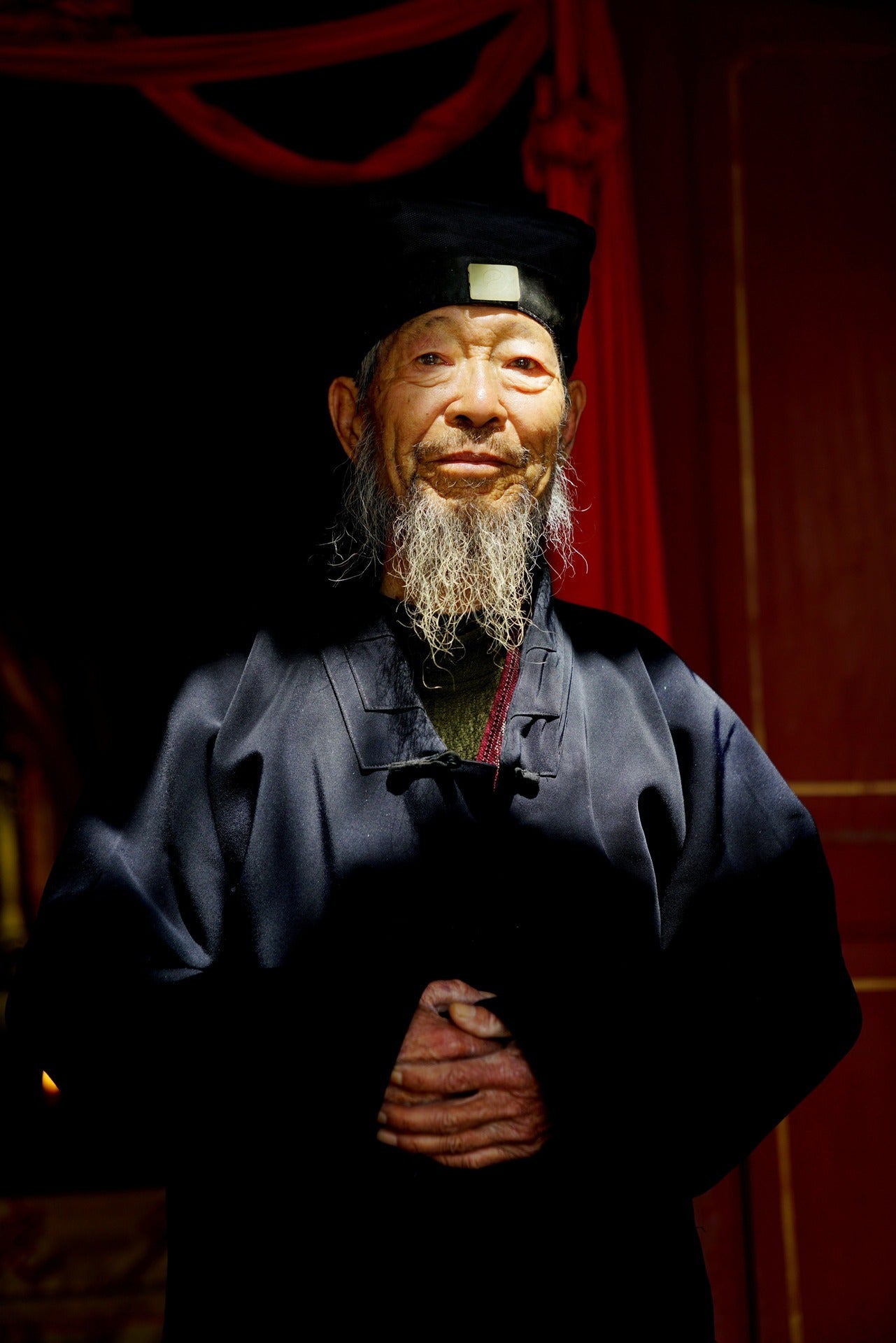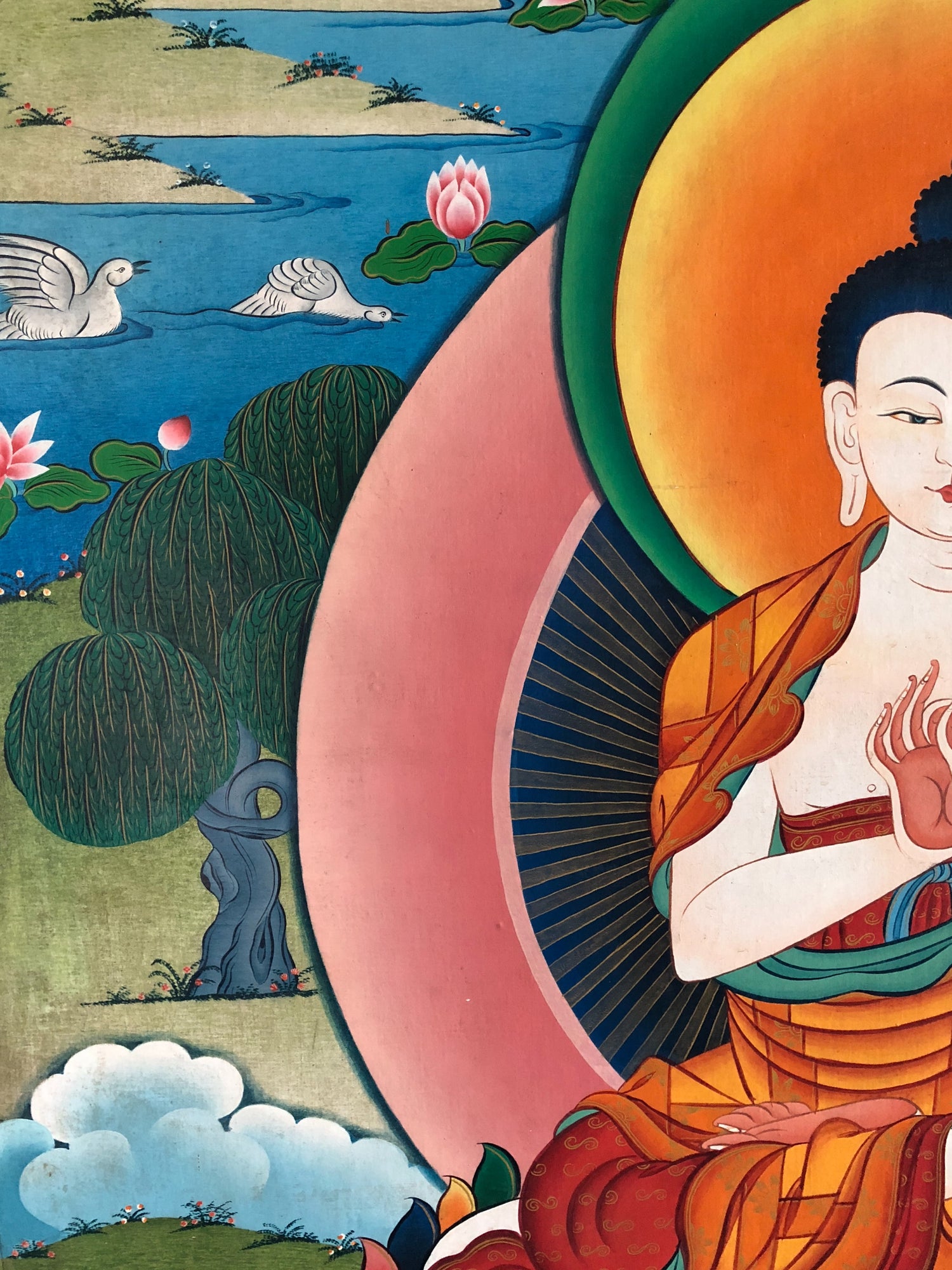Understanding the Theory of Five Elements-WuXing in Chinese Philosophy
MabgeThe Theory of Five Elements, also known as Wu Xing, is a philosophical concept deeply rooted in ancient Chinese thought. It proposes that all things are composed of five fundamental elements: water, fire, wood, metal, and earth. These elements interact, influence, and transform each other, forming the basis of the natural order. Beyond mere material substances, the Five Elements represent dynamic energies characterized by the principles of yin and yang, generation, restraint, victory, and restoration.

The fundamental aspects of the Theory of Five Elements are as follows:
-
Five Elements and Yin-Yang: The Five Elements are manifestations of yin and yang. Yin and yang, representing opposing yet complementary forces, are inherent in all aspects of existence. For instance, wood and fire are yang elements, while metal and water are yin. The interplay of yin and yang gives rise to the diversity of phenomena in the natural world.
-
Five Elements and Generation: The Five Elements exhibit a cyclical relationship of generation and restraint. Each element promotes the growth of another while also inhibiting certain elements. The sequence of generation follows: water nourishes wood, wood fuels fire, fire produces earth, earth yields metal, and metal enriches water. Conversely, each element also restrains another in a harmonious balance.
-
Five Elements and Victory-Restoration: In cases where one element is subdued by another, there exists a principle of victory and restoration. This principle dictates that a weakened element can be supported or counteracted by its "mother" or "child" element. For example, if fire is overwhelmed, earth can neutralize water, the mother of fire, intervenes to quench it. This interplay ensures equilibrium and stability in all things.
-
Five Elements and Mutual Containment: Each element contains aspects or qualities of the other elements, demonstrating the interconnectedness of all phenomena. This mutual containment illustrates the inherent unity and diversity within the natural world. For instance, wood contains water, enabling it to nourish; metal contains fire, facilitating refinement; water contains earth, fostering nourishment; fire contains wood, promoting combustion; and earth contains metal, fostering stability.
The Theory of Five Elements categorizes various natural and social phenomena into its framework, offering insights into their properties and relationships. For instance:
- Five Celestial Bodies: Each of the five elements is associated with celestial bodies, directions, seasons, virtues, flavors, organs, and more, symbolizing their pervasive influence across different domains.
- Four Seasons: The elements correspond to the four seasons, each governing specific climatic conditions and agricultural activities.
- Five Virtues: Each element embodies a virtue, reflecting its moral and ethical significance in human life.
- Five Tastes: The elements are linked to tastes, guiding dietary choices and health practices.
- Five Organs: In traditional Chinese medicine, the elements are associated with bodily organs, reflecting their physiological functions and imbalances.
The Theory of Five Elements has profoundly influenced various fields, including astronomy, geography, medicine, agriculture, music, military strategy, and divination. Its holistic perspective and practical applications continue to inspire modern scholarship and cultural practices, making it an invaluable heritage of Chinese civilization.













